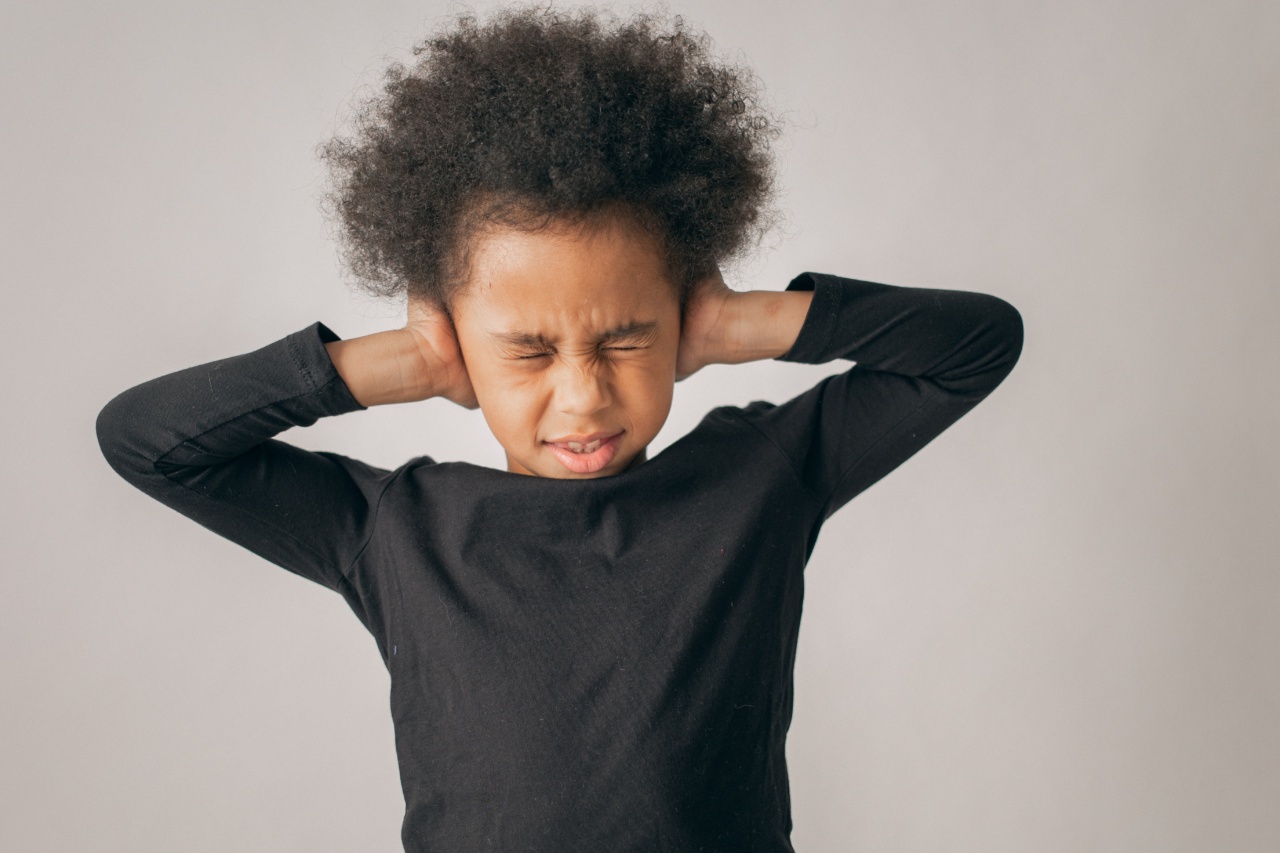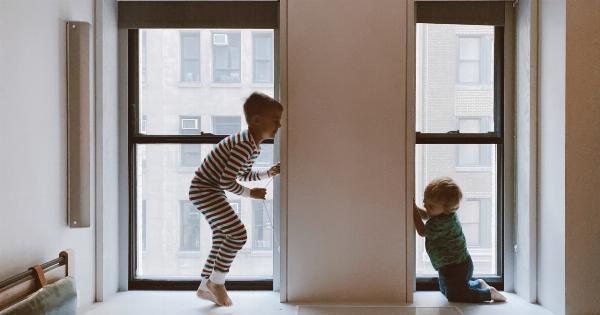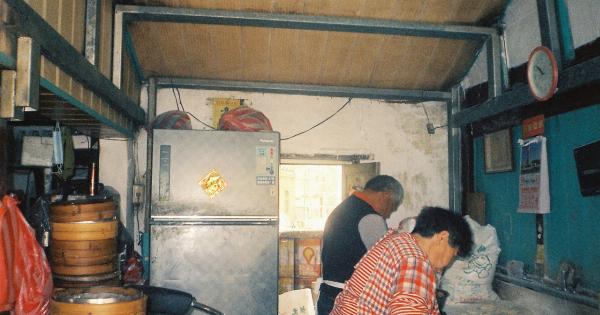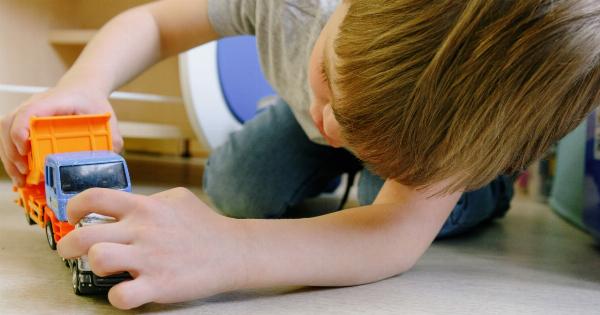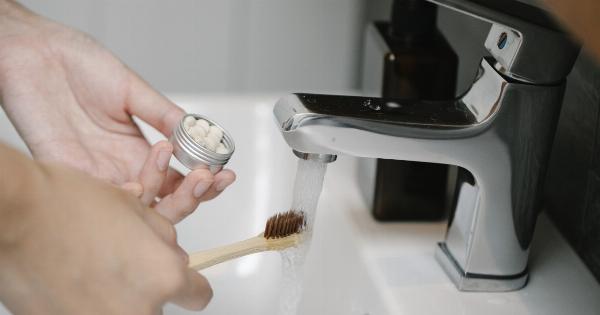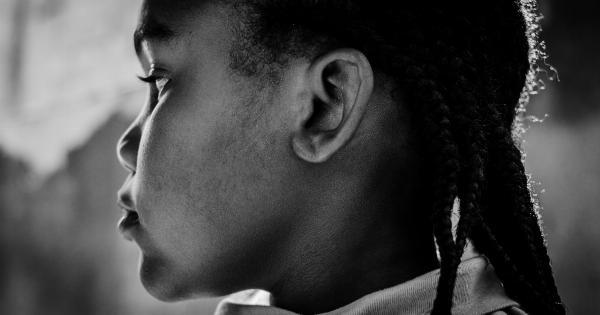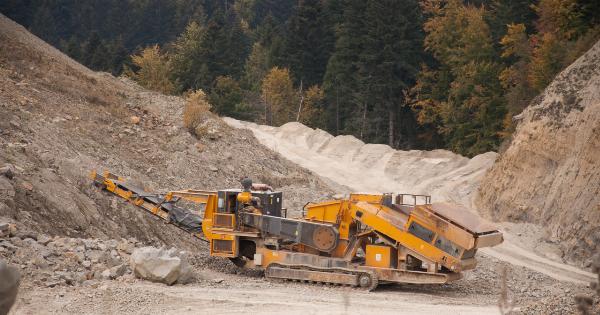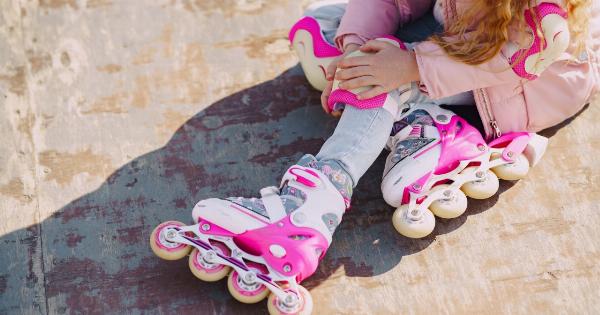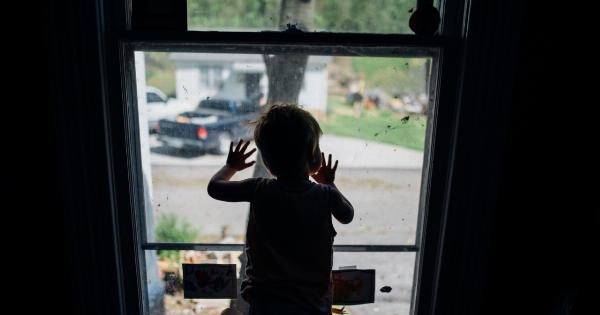It’s every parent’s worst nightmare; their child falling and hitting their head. While it is common for children to suffer from minor bumps and bruises, sometimes the injury sustained can be more severe.
Head injuries in children can range from mild to severe, and knowing when to worry is essential. In this article, we will discuss the signs and symptoms to look out for when your child hits their head.
What to Do Immediately After the Injury
First and foremost, it’s essential to stay calm. If your child has hit their head, you should seek medical attention right away if you notice any of the following:.
- Severe headache
- Loss of consciousness
- Confusion
- Difficulty walking or speaking
- Fluid leaking from the ear or nose
- Convulsions or seizures
- Deep cut to the scalp
- Unusual drowsiness or irritability
If your child has been unconscious for more than a few seconds or has vomited after the injury, they may have a concussion.
Seek medical attention right away and do not allow your child to go to sleep until they have been evaluated by a medical professional.
What Is a Concussion?
A concussion is a type of traumatic brain injury caused by a blow, bump, or jolt to the head that disrupts the normal functioning of the brain. Concussions are common in children who play contact sports, but they can also occur from falls or accidents.
Symptoms of a concussion can range from mild to severe and can include:.
- Headache
- Dizziness
- Nausea or vomiting
- Sensitivity to light or noise
- Difficulty concentrating or remembering things
- Mood changes, such as irritability or sadness
- Feeling tired or sluggish
Not all children will experience the same symptoms, and they may not appear immediately following the injury.
It’s important to monitor your child’s behavior closely over the next few days and take them to a doctor if you notice any changes in behavior, mood, or physical symptoms. Most children will recover fully from a concussion with time and rest.
When to Call 911
If your child has hit their head and has any of the following symptoms, call 911 or take them to the emergency room immediately:.
- Unconsciousness
- Bleeding or visible damage to the skull
- Seizures
- Difficulty breathing
- Severe neck pain or stiffness
- Loss of vision or hearing
- Weakness or numbness in the arms or legs
It’s important to seek medical attention right away if your child exhibits any of these symptoms, as they may be indicative of a more severe head injury.
How to Protect Your Child’s Head
While it’s impossible to prevent all injuries, there are steps you can take to protect your child’s head and reduce the risk of a severe head injury:.
- Use age-appropriate car seats and seat belts
- Wear helmets when participating in sports or riding bicycles
- Use safety gates at the top of stairs and guardrails on balconies and decks
- Eliminate tripping hazards in the home
- Supervise young children when playing
- Teach children how to play safe and avoid dangerous activities
It’s important to teach children about the importance of wearing helmets and other protective gear when engaging in activities that could result in head injuries.
When to Follow Up with Your Child’s Doctor
If your child has sustained a head injury, it’s essential to monitor them closely over the next few days. If your child experiences any of the following symptoms, follow up with their doctor:.
- Headache that gets worse over time
- New or worsening dizziness
- Changes in vision or hearing
- Increased irritability or difficulty sleeping
- Slurred speech or weakness in the arms or legs
If your child is still experiencing symptoms a week after the injury or if their symptoms continue to worsen, see their doctor promptly.
In some cases, a second injury to the head can have severe consequences, so it’s important to keep a close eye on your child’s recovery.
Conclusion
Head injuries in children can range from mild to severe, and knowing when to worry is essential. If your child has sustained a head injury and exhibits any of the symptoms mentioned above, seek medical attention right away.
By taking steps to protect your child’s head and monitoring them closely after a head injury, you can help prevent more severe consequences.
